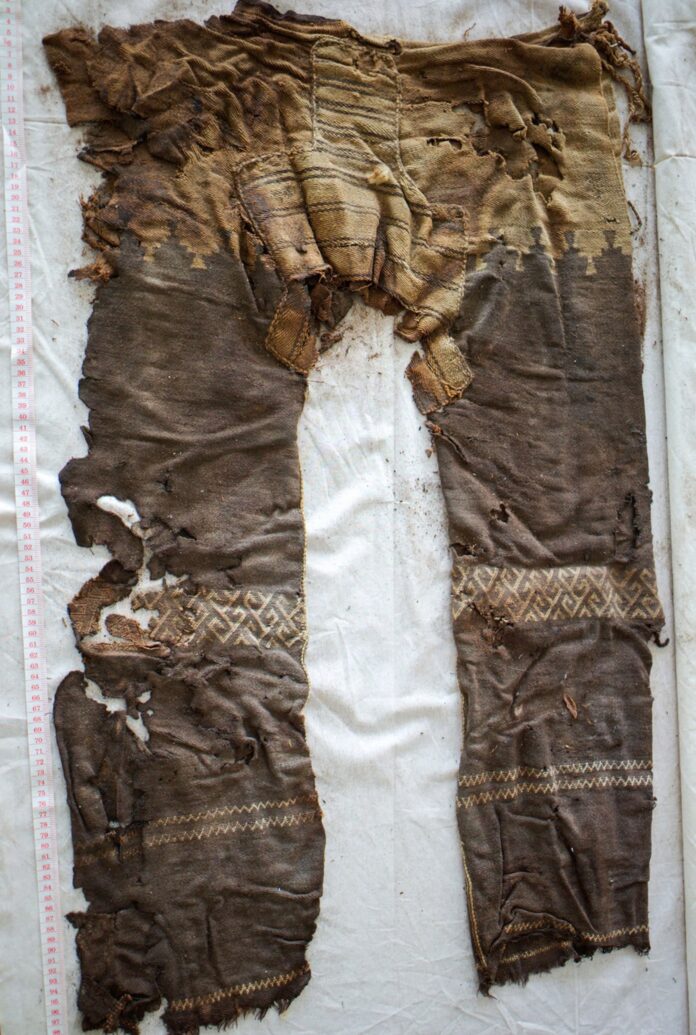A Remarkable Archaeological Find
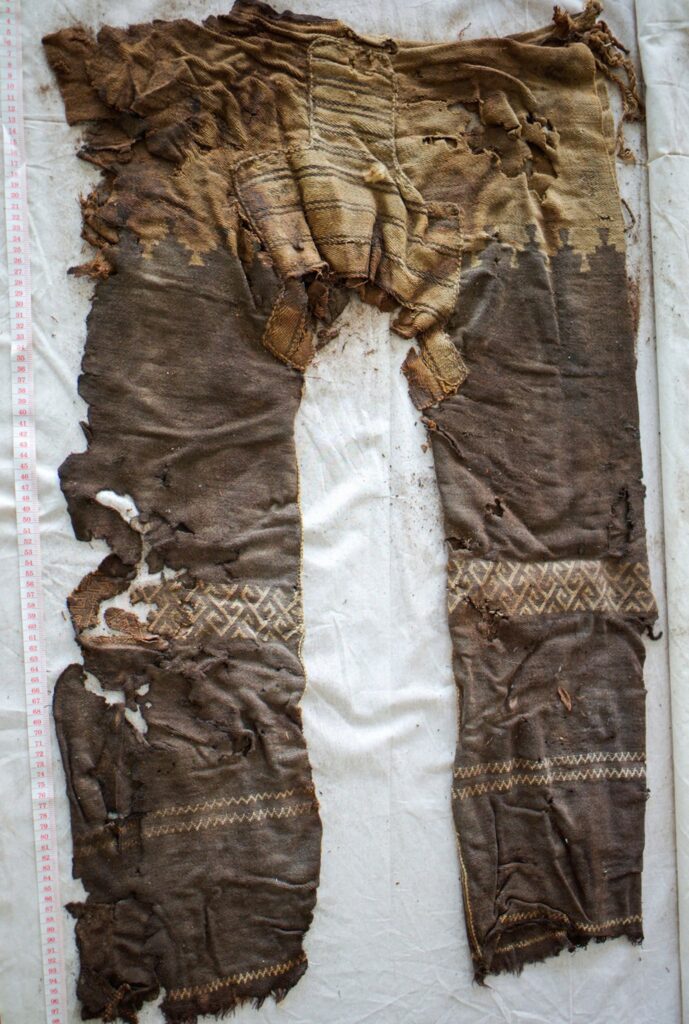
In a groundbreaking discovery, archaeologists unearthed the oldest known pants in the world in 2014, a pair of wool trousers dating back approximately 3,300 years. This remarkable garment, found in the Xinjiang Uighur region of China, was crafted between 3,000 and 3,300 years ago and sheds light on ancient textile-making techniques still relevant today.
The Context of the Discovery
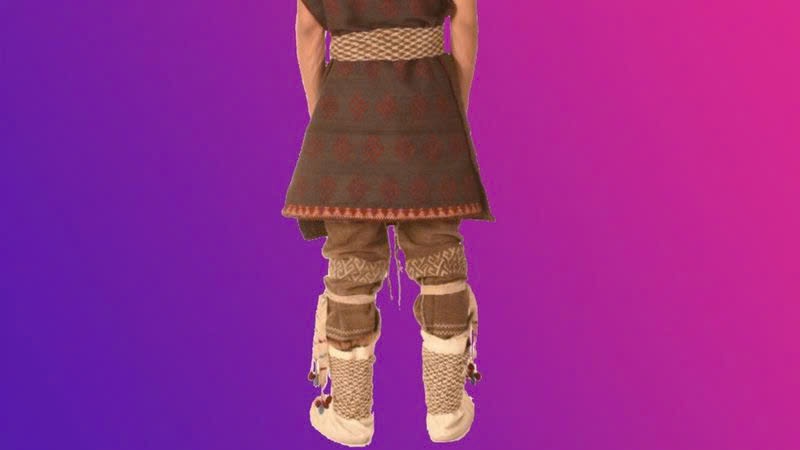
The trousers were excavated from graves at an ancient burial site located near the Taklamakan Desert, a pivotal stop for Bronze Age nomads and later Silk Route merchants. The dry climate of the region remarkably preserved the bodies and grave goods, including food and clothing. The pants were discovered with the remains of two warriors, indicating they were designed for horse riding, featuring straight-fitting legs, a wide crotch, and elegant decorative elements.
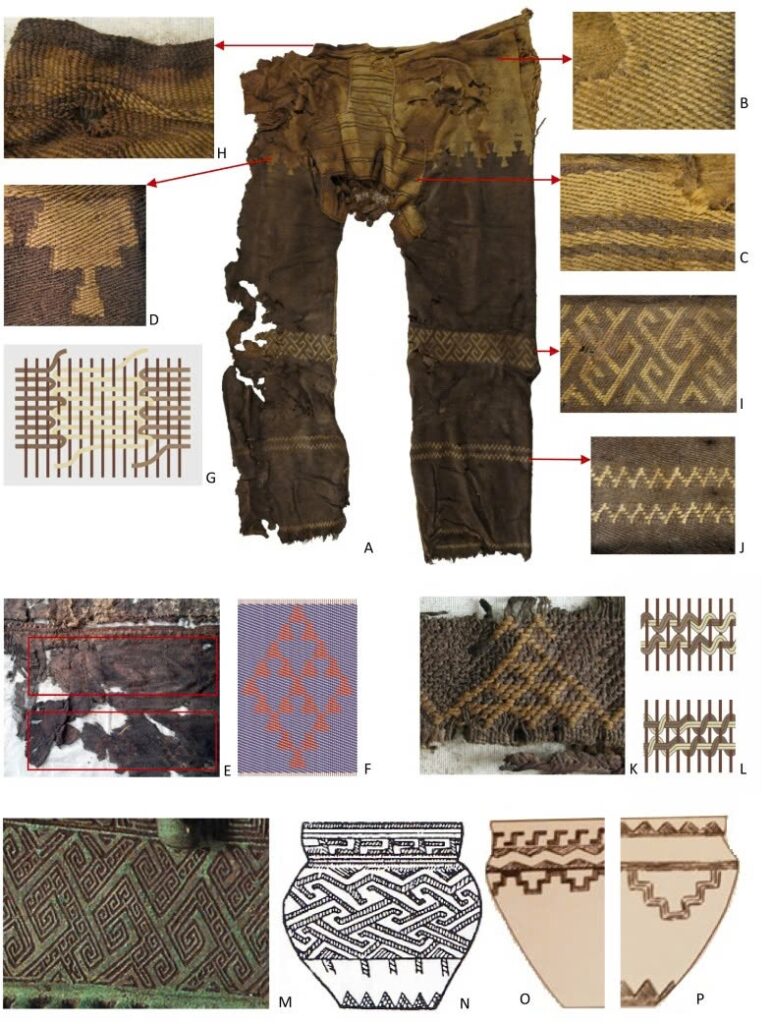
Radiocarbon dating confirmed that these trousers were made between the 13th and 10th centuries BC, solidifying their status as the oldest trousers ever found.
Innovative Weaving Techniques
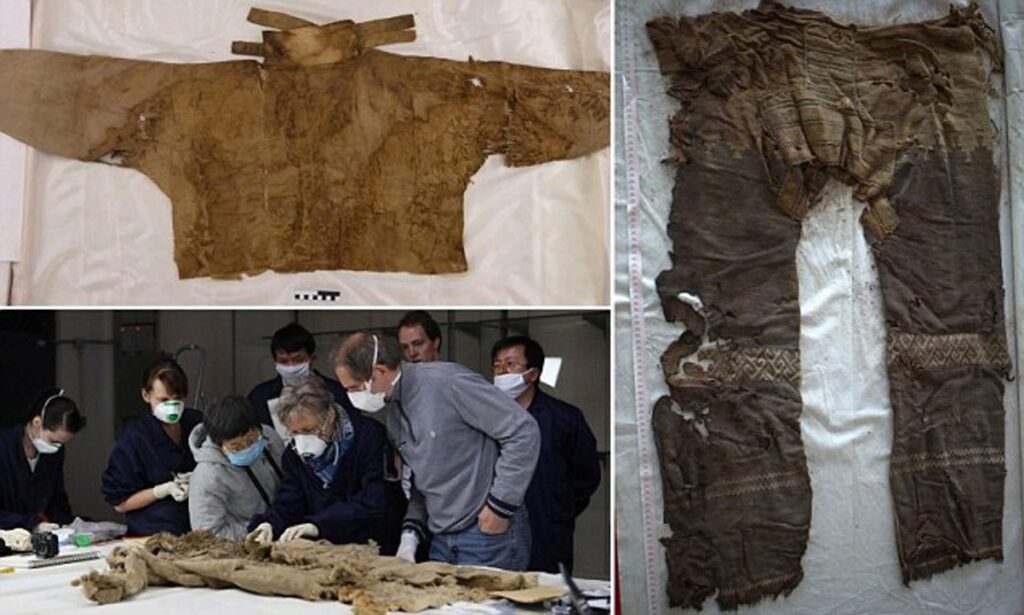
A research team led by Mayke Wagner from the German Archaeological Institute in Berlin studied the pants and identified three distinct weaving techniques used in their creation. Initially puzzled by the absence of cutting traces, the researchers conducted a detailed examination and discovered a combination of techniques was employed, later confirmed by recreating the pants with the help of an expert weaver.
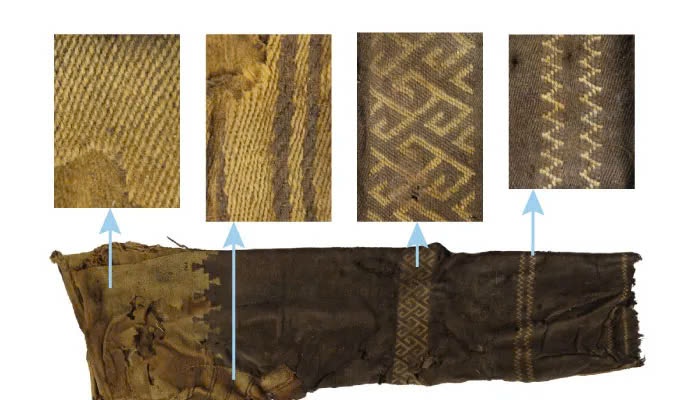
The study revealed that much of the garment was made from twill, a versatile fabric weave commonly found in modern jeans. Additionally, tapestry weaving was utilized in the knee sections for added protection, while a thicker waistband was achieved through a specialized method. Decorative geometric patterns were twined across the knees and at the ankles, showcasing both functionality and artistry.
According to a study published in Quaternary International, the decorative motifs on the trousers reflect influences from various societies across Eurasia, highlighting the interconnectedness of ancient herding communities.
This discovery not only emphasizes the ingenuity of ancient textile practices but also illustrates how these techniques have endured through the ages, continuing to inform modern garment production today.
